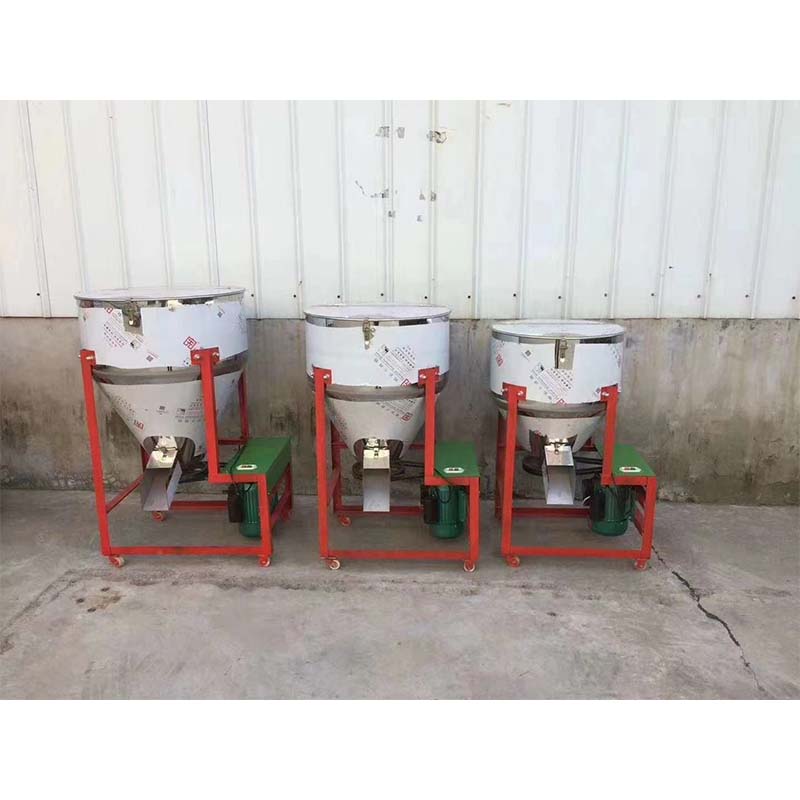Cage-Free Poultry Farming Practices for a Sustainable Future in Animal Husbandry
Dec . 04, 2024 18:50 Back to list
Cage-Free Poultry Farming Practices for a Sustainable Future in Animal Husbandry
The Advantages and Challenges of Cage Poultry Farming
Cage poultry farming, a method that has gained popularity in the last few decades, involves rearing birds, particularly layers and broilers, in confined spaces such as cages. This system has provided a range of benefits, while also presenting certain challenges that both producers and consumers need to be aware of.
Advantages of Cage Poultry Farming
1. Increased Production Efficiency One of the main advantages of cage systems is the significant increase in productivity. Birds can be housed in a more compact space, allowing for higher stocking densities than free-range systems. This enables producers to maximize their production capabilities and meet the ever-growing demand for poultry products.
2. Disease Control Cage systems can facilitate better disease management. With birds housed in controlled environments, the chances of disease transmission are greatly reduced compared to more open systems. This controlled environment allows for easier monitoring and management of bird health, ultimately leading to lower mortality rates and better overall flock performance.
3. Reduced Labor Costs The mechanization of cage poultry farming often results in lower labor requirements. The use of automated feeding and watering systems means that fewer hands are needed to manage the flock, which reduces labor costs. This efficiency can translate to lower operational costs and potentially higher profit margins for producers.
4. Better Egg Quality and Hygiene For layer hens, cage farming has been associated with the production of eggs with better quality and hygiene. Cages can minimize contamination risks associated with manure, as the droppings fall through the cage floor and are collected below, reducing the chance of disease-causing organisms coming into contact with the eggs.
5. Feeding Efficiency The limited movement of birds within cages means that feed is consumed more efficiently. The feed-to-gain ratio is often better in cage systems, which means that producers can achieve higher growth rates and produces more meat or eggs with less feed.
cage poultry farming

Challenges of Cage Poultry Farming
1. Animal Welfare Concerns Perhaps the most significant challenge facing cage poultry farming is the growing concern over animal welfare. Critics argue that confining birds to cages restricts their natural behaviors, leading to physical and psychological stress. Issues such as feather pecking and cannibalism can arise in overcrowded conditions, which raises ethical questions about the treatment of these animals.
2. Public Perception and Regulatory Changes Amid rising concerns about animal welfare, many regions are advocating for more humane farming practices, leading to stricter regulations regarding cage use. Some countries have initiated bans on traditional battery cages in favor of enriched systems that allow for more space and better living conditions for the birds. This shift presents challenges for producers who may need to invest in new infrastructure and practices.
3. Dependency on Technology While the automation of cage systems offers many benefits, it also creates a dependency on technology. System failures can lead to serious consequences, including potential losses of entire flocks if biosecurity protocols are not maintained. Producers must invest in regular maintenance and backup systems to mitigate these risks.
4. Market Demand and Consumer Preferences As consumers become more informed about animal welfare issues, there is a growing demand for cage-free and ethically sourced poultry products. This shift may lead to decreased market viability for traditional cage systems, pushing producers to adapt to changing consumer preferences or face economic declines.
Conclusion
Cage poultry farming presents a range of benefits, including increased production efficiency and better disease control, making it an attractive option for many producers. However, the challenges it faces, particularly concerning animal welfare and market demand, cannot be overlooked. As the industry evolves, a balanced approach that considers both the economic benefits and ethical considerations will be essential for the future of poultry farming. It is vital for stakeholders to engage in dialogue and innovation to create systems that not only meet the demands of consumers but also ensure the well-being of the animals at the heart of this industry.
-
Automatic Feeding Line System-Pan Feeder Nipple Drinker|Anping County Yize Metal Products Co., Ltd.
NewsJul.29,2025
-
Hot Sale 24 & 18 Door Rabbit Cages - Premium Breeding Solutions
NewsJul.25,2025
-
Automatic Feeding Line System Pan Feeder Nipple Drinker - Anping County Yize Metal Products Co., Ltd.
NewsJul.21,2025
-
Automatic Feeding Line System Pan Feeder Nipple Drinker - Anping County Yize Metal Products Co., Ltd.
NewsJul.21,2025
-
Automatic Feeding Line System - Anping Yize | Precision & Nipple
NewsJul.21,2025
-
Automatic Feeding Line System - Anping Yize | Precision & Nipple
NewsJul.21,2025






